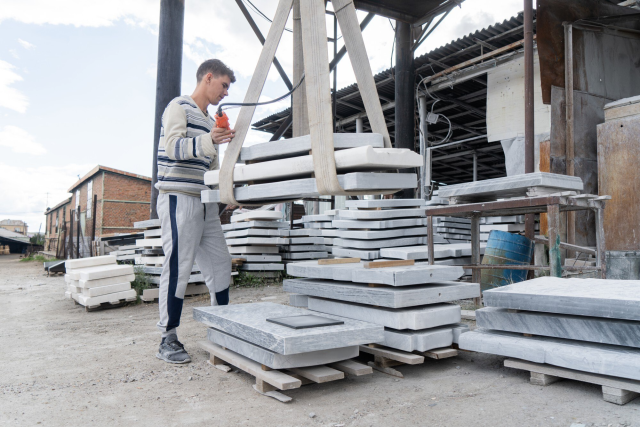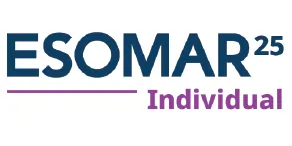
'Cement boards' are becoming a hot topic in the modern construction industry. They are composed of Portland cement, silica, aggregates, and fiber reinforcements. These boards are widely used as backing for tiles, siding, and other finishes.
But what exactly makes cement boards so special compared to other construction materials? The answer is their versatility, moisture resistance, durability, and fireproof properties. Thanks to these properties, cement boards are gaining immense popularity in residential and commercial projects.
Are cement boards as sought-after as they seem? Well, the statistics suggest they are. According to Coherent Market Insights, the global cement board industry size is set to US$ 2.68 billion by 2030. Global demand for cement boards will likely increase at a CAGR of 5.4% during the assessment period.
Cement boards stand out from construction materials like plywood and gypsum because of their excellent properties. For instance, they offer high strength and durability.
Popular Cement Board Types
- Fiber Cement Board (FCB)
Fiber cement board, also referred to as fiber reinforced concrete, is the most popular cement board type. It is made from cement, silica, cellulose fibers, and other additives.
Fiber cement boards are lightweight, durable, and offer high strength. They are resistant to fire, moisture, and insects. This makes them ideal for a wide range of applications, including wall cladding, drywall partitions, and false ceilings.
Popular fiber cement board types include high-density FCB, medium-density FCB, and clapboard. These boards are available in various sizes and thicknesses.
- Cement Bonded Particle Board (CBPB)
Cement bonded particle boards are made from cement and wood particles. These boards offer high strength, durability, and fire resistance. They are widely used in flooring, exterior cladding, and prefabricated houses.
Cement bonded particle boards are less expensive than FCBs. This affordability, coupled with excellent durability, makes cement bonded particle boards ideal for projects on a budget.
- Wood Wool Cement Board (WWCB)
Wool wood cement boards are made from wood fibers and cement. These boards are lightweight and possess good thermal and acoustic insulation properties. As a result, they are often used in ceilings, wall panels, thermal insulation, and other applications.
- Wood Strand Cement Board (WSCB)
Wool strand cement boards are composite building materials made from wood and cement. They are lighter and more flexible. These boards are generally used in facades, gymnasiums, raised floors, and other areas where lightweight and durable materials are needed.
Common Applications of Cement Boards
- Roofing
Waterproof cement boards are being increasingly used as roofing materials. They are especially gaining wider popularity in areas prone to fire or extreme weather conditions. These boards provide durable and fire resistant roofs that can withstand harsh conditions.
- Exterior Cladding
Cement boards are ideal for exterior cladding owing to their weather resistance, durability, and aesthetic appeal. Their growing usage in exterior cladding is expected to boost growth of the cement board industry in the coming years.
- Interior Walls and Ceilings
Fire-resistant cement boards are also used for interior walls and ceilings. This is due to their moisture resistance and fireproof properties. They are particularly suitable for kitchens, bathrooms, and other areas where moisture is a concern.
- Cement Board for Flooring
Another key application of cement boards is in flooring. They are often used as substrates for flooring. These boards provide a stable and durable base for stones, tiles, and other flooring materials.






